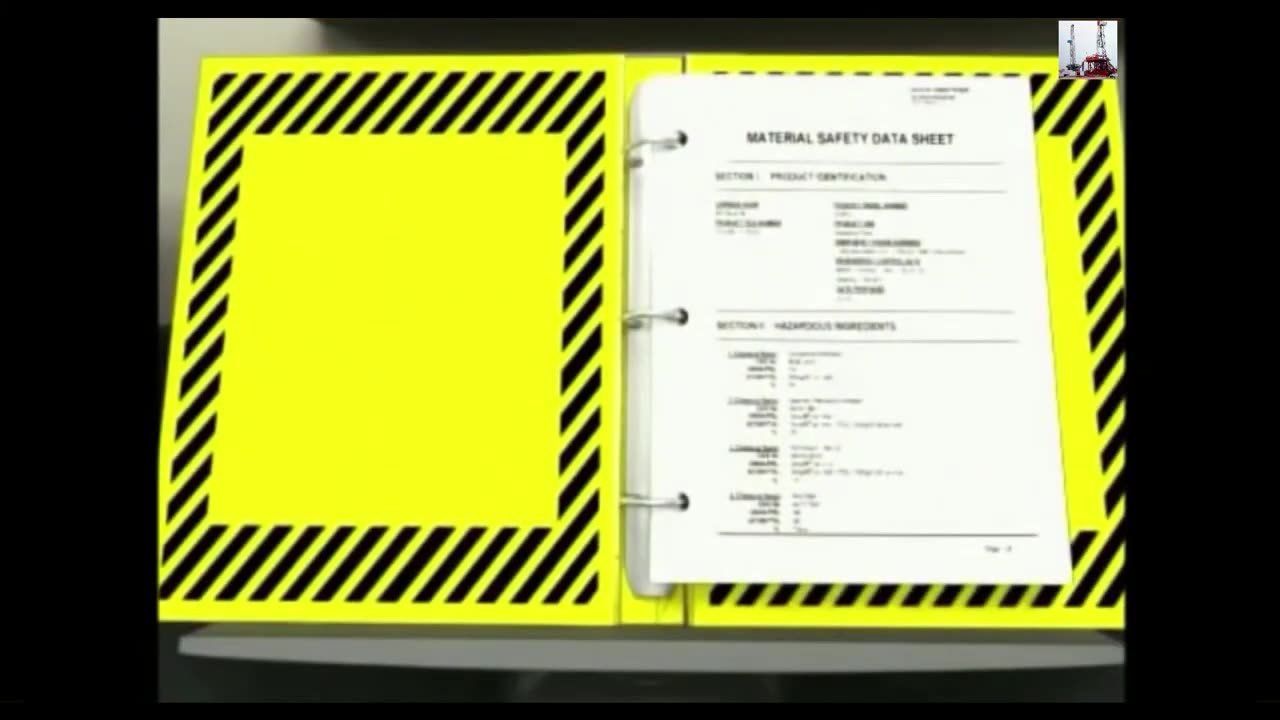Premium Only Content

HAZARD COMMUNICATION
Hazard Communication (HazCom) is an essential workplace program designed to inform employees about the potential hazards of chemicals they may encounter at work. It ensures the safe use, handling, and storage of hazardous materials, thereby reducing accidents and exposure risks. The program is typically governed by regulations like OSHA's Hazard Communication Standard (HCS) in the U.S.
---
### **Key Components of a Hazard Communication Program**
#### 1. **Written HazCom Program**
- A formal document outlining how the workplace will comply with HazCom regulations.
- Includes:
- Procedures for labeling.
- Access to Safety Data Sheets (SDS).
- Training programs for employees.
- Methods for informing workers about non-routine tasks and hazards.
---
#### 2. **Chemical Inventory**
- A complete list of all hazardous chemicals present in the workplace.
- Updated regularly to reflect changes in chemical use or storage.
---
#### 3. **Labeling of Containers**
- **Primary Containers**: Must have original manufacturer labels with:
- Product name.
- Signal word (e.g., "Danger" or "Warning").
- Hazard statements (e.g., "Causes skin irritation").
- Pictograms.
- Precautionary statements.
- Manufacturer's name and contact information.
- **Secondary Containers**: If chemicals are transferred to other containers, they must be labeled with:
- Product name.
- General hazard information.
---
#### 4. **Safety Data Sheets (SDS)**
- SDS must be available for every hazardous chemical.
- Must include:
1. Identification.
2. Hazard identification.
3. Composition/information on ingredients.
4. First-aid measures.
5. Fire-fighting measures.
6. Accidental release measures.
7. Handling and storage.
8. Exposure controls/personal protection.
9. Physical and chemical properties.
10. Stability and reactivity.
11. Toxicological information.
12–16. Additional relevant information.
---
#### 5. **Employee Training**
- Workers must be trained on:
- Understanding labels and SDS.
- Identifying workplace hazards.
- Safe handling, storage, and disposal of hazardous materials.
- Emergency procedures (e.g., spills, exposures).
- Non-routine tasks involving hazardous chemicals.
---
#### 6. **Communication of Hazards**
- Methods to inform employees of hazards in their areas.
- Procedures to communicate hazards to contractors and visitors.
---
### **Employee Responsibilities**
- Follow workplace safety protocols.
- Use personal protective equipment (PPE) as required.
- Immediately report spills, leaks, or unsafe conditions.
---
### **Employer Responsibilities**
- Maintain up-to-date hazard information.
- Ensure employees have access to SDS and proper training.
- Review and revise the HazCom program regularly.
Would you like assistance with creating a specific HazCom plan or resources for training materials?
-
 6:43
6:43
HSESafetyInformation
7 months agoLahori Chanay Recipe - Lahori Cholay Recipe - Chana Chana Masala
57 -
 LIVE
LIVE
Bannons War Room
7 months agoWarRoom Live
14,043 watching -
 LIVE
LIVE
Benny Johnson
1 hour ago🚨James Comey INDICTED for Perjury and Obstruction, Years In JAIL | 275 FEDS in January 6th Crowd
6,646 watching -
 1:35:48
1:35:48
Dear America
2 hours agoBOMBSHELL: 274+ Feds Where in The Crowd On Jan 6th!! + James Comey Finally INDICTED!!
103K78 -
 LIVE
LIVE
Badlands Media
6 hours agoBadlands Daily: September 26, 2025
4,037 watching -

Matt Kohrs
12 hours agoPCE Inflation Report, BTFD & Payday Friday || Live Trading Stock Market Open
17.9K1 -
 LIVE
LIVE
Wendy Bell Radio
6 hours agoWelcome To The "Find Out" Phase
7,279 watching -
 LIVE
LIVE
GritsGG
1 hour agoQuad Win Streaks!🫡 Most Wins in WORLD! 3600+
69 watching -
 56:54
56:54
Crypto Power Hour
2 hours ago $0.58 earnedSpecial Guest Natalie Brunell, Author & Bitcoin Maxi
9.77K8 -
 LIVE
LIVE
Total Horse Channel
15 hours agoAMHA 2025 World Show 9/26
276 watching